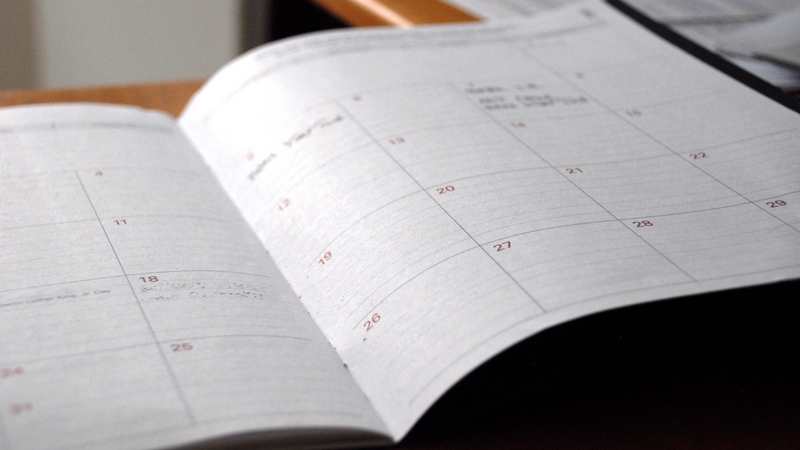Decluttering Your Routine and Ruthless Prioritization
Episode #3 of the course How to be more productive by Dan Silvestre
Welcome back!
In today’s lesson, we’ll look at the list you made yesterday and discover ways to get your time back so you can focus on making progress in meaningful work. You are now aware of all the activities that brought you closer to your goal and also the ones that stalled your progress.
Awesome!
Now you need to find the solution to this question:
“How can I decrease—or stop altogether—the activities that obstruct my success (which were in the right column of the table we drew yesterday)?”
Decluttering Your Routine
On the back of your piece of paper, write down each distraction and try to find multiple solutions to them.
For example:

Do this for all the items on your list. They might be a lot, but this is an exercise you need to do. Try to come up with as many solutions as you can. After that, decide on what you think the best solution is and try to apply it. If it doesn’t work, move on to your second best guess. Keep going until you find one that works. But note that there may be some important routine tasks that cannot be ignored. We’ll talk about getting such routine work done in more detail in Lesson 6.
Choosing Your Goals for the Next Month
Once you complete your list of solutions, you can move to the next step: List all the projects/tasks you need to do in the next month. Write down as many as you can, to really go the extra mile here.
After that, ask yourself: “Are these the things I should be doing? Will they provide the greatest return on my most important investment: my time?”
This question will bring an important concept to the table: ruthless prioritization. It doesn‘t mean getting all (e.g. ten to twelve) things on your list done. It means figuring out which ones lead to the results you’re searching for and which ones you can do really well, and then following through.
It can be difficult to completely let go of some projects, but you should understand that it‘s only the great ideas that ultimately will make the biggest difference.The great ideas will lead to you becoming the best version of yourself. So, quit wasting your time on the mediocre … or even just the “good.” Remember: To do something great requires sacrifice. The key point is that you can really only focus on one thing at a time—at least, if you want to reach maximum quality. If you always start with the easiest or most convenient ideas in an effort to get everything done, you‘ll end up pushing the best ideas down the list.
So, review your list, and find the goals that will impact your organization, work, or personal projects ten-fold and really move the needle. Here’s a hint—such goals usually relate to one of the following types: cost-cutting or revenue-generating. For example, cost-cutting goals may be working on a presentation of a new tool that will save thousands of dollars a year or creating new dashboards that help make impactful decisions, while revenue-generating goals may be the acquisition of new business: clients, leads, subscribers, or optimizing conversions on your sales funnels or spreadsheets.
If you took action on these three first lessons, you are already 50-times more productive! How? Because you now have more time in your day and you are focused on the things that matter. Tomorrow, we will talk about the most effective to-do list format you can use to perform your meaningful tasks effectively.
To a Productive Day!
Dan
Recommended book
Share with friends

